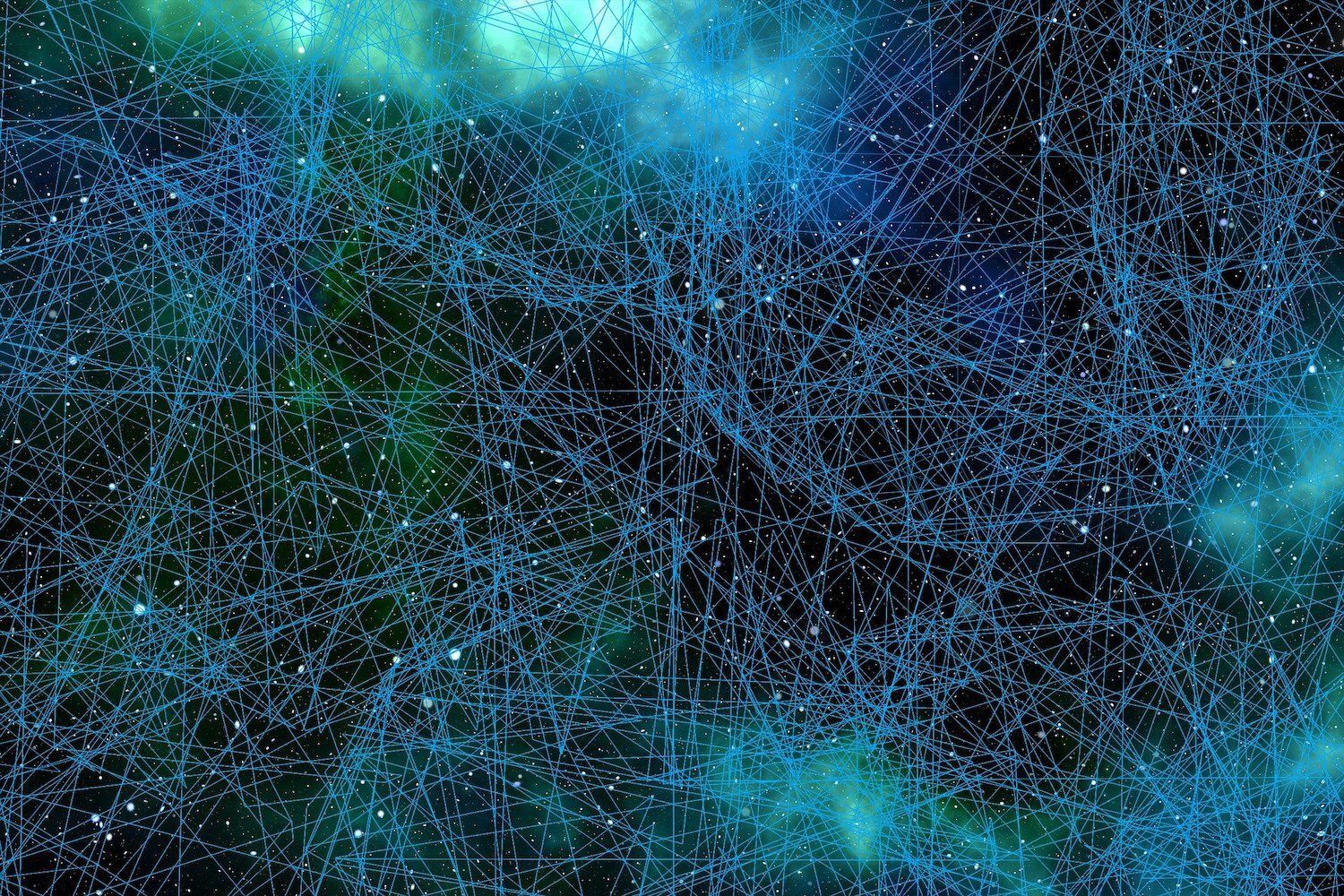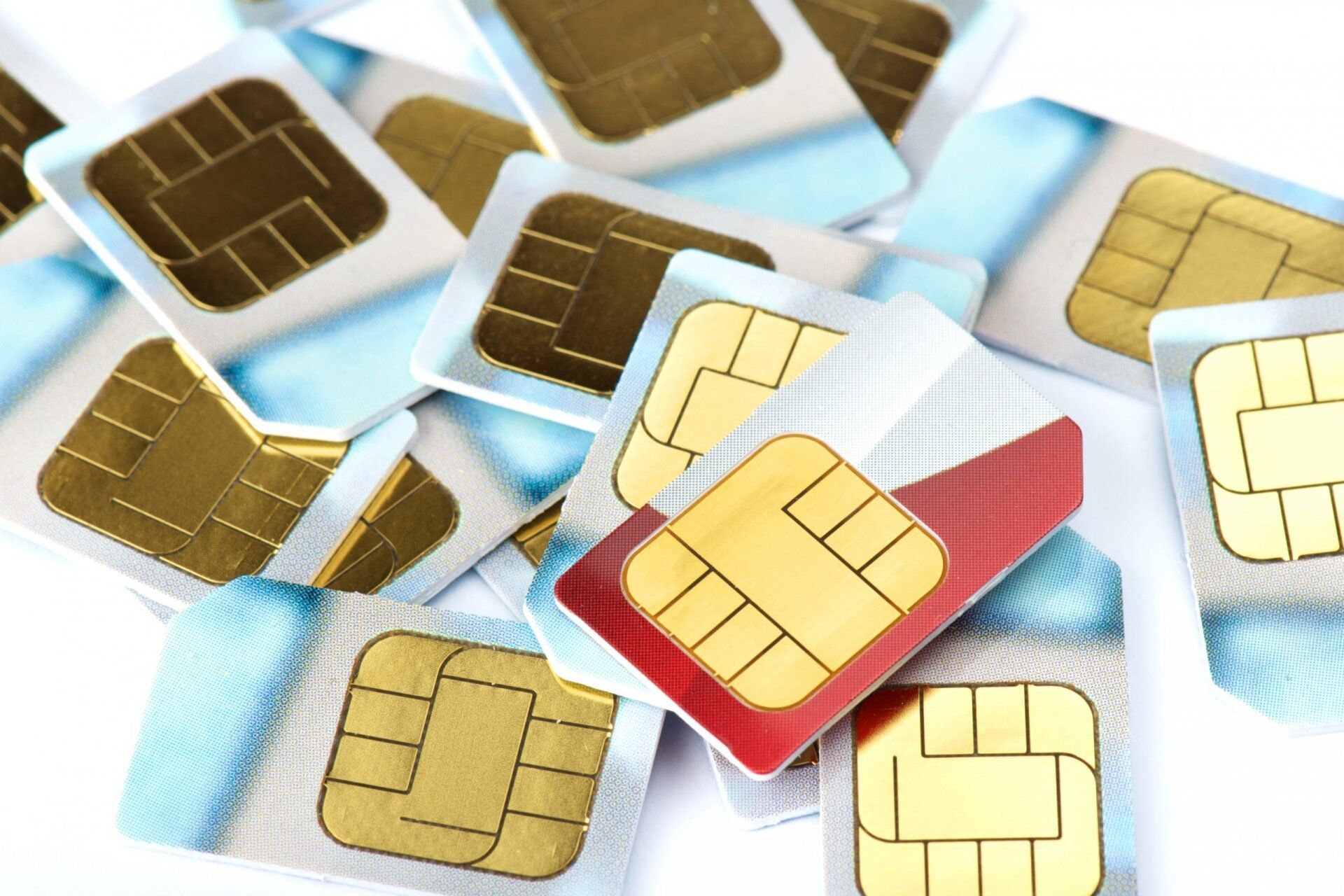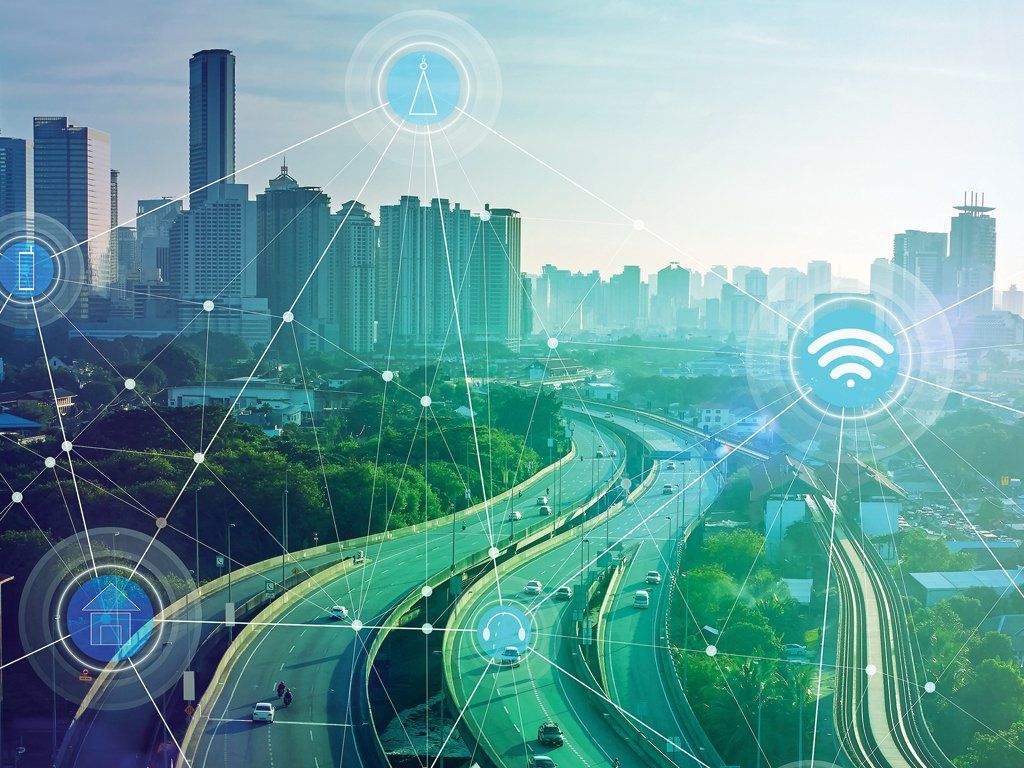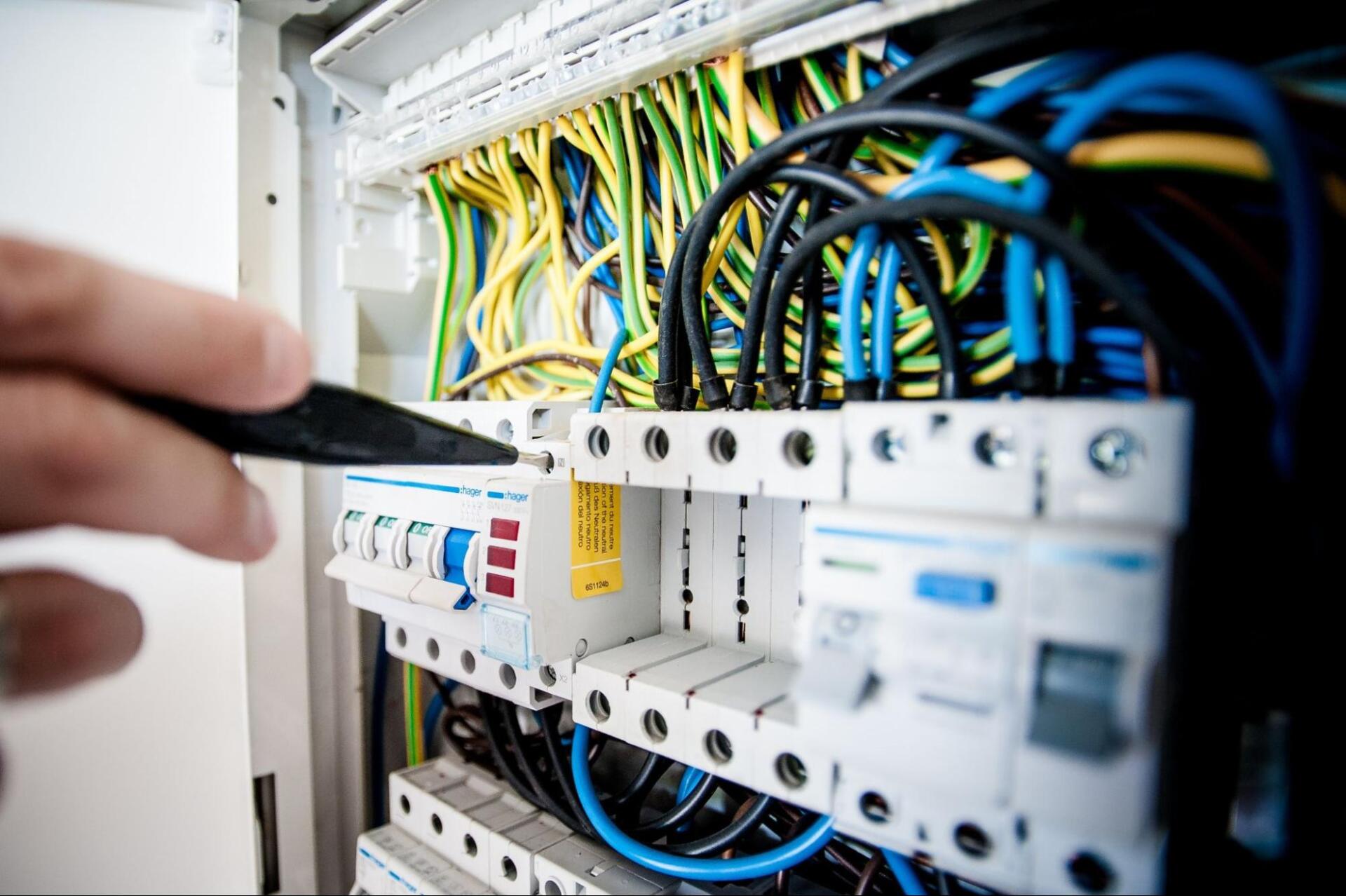What does 5G mean for IoT?
This is a subtitle for your new post
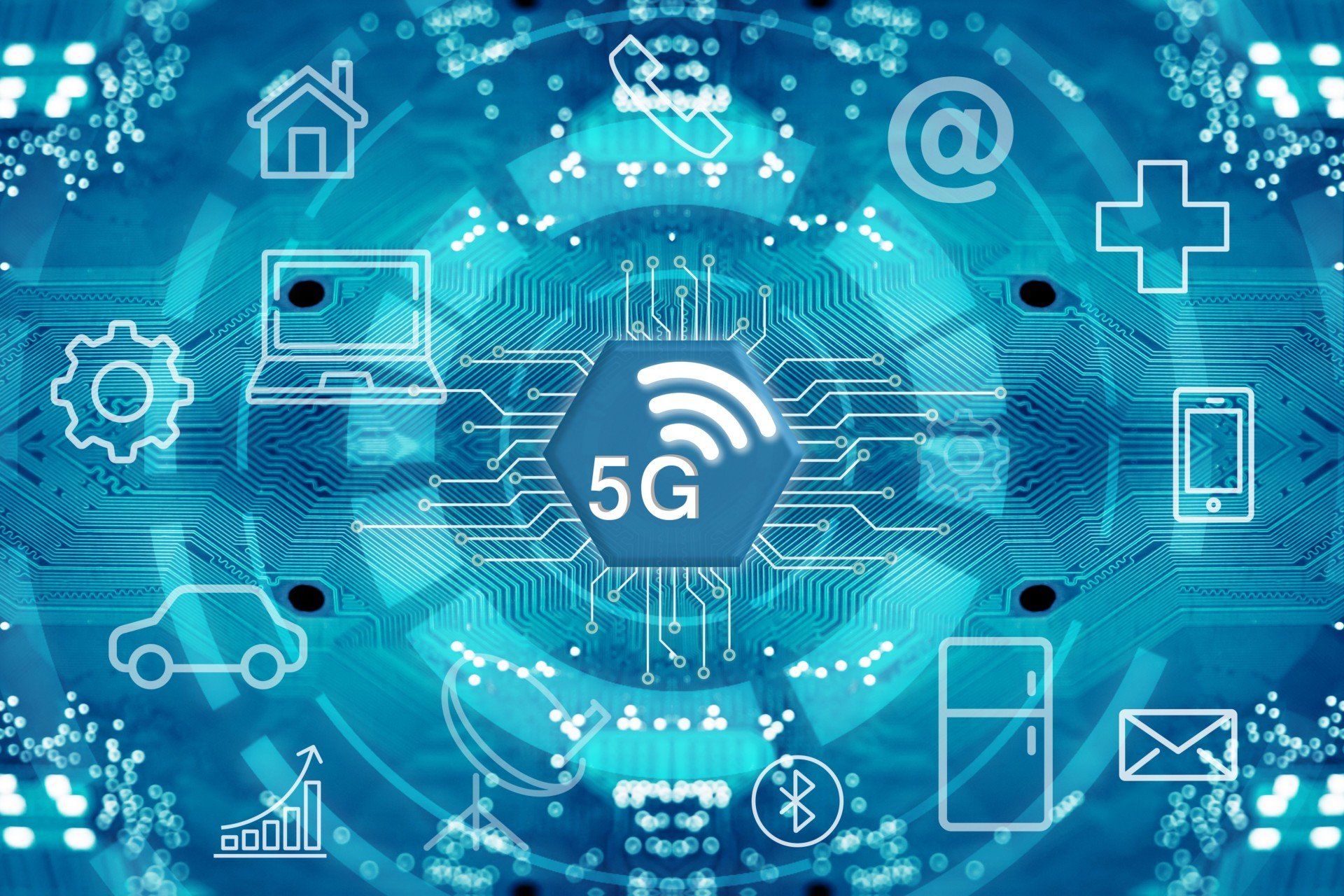
What does 5g mean for IoT & how does is compare to 4g?
there are many questions around what 5g actually brings to the table other than faster speeds than 3g or 4g so I thought I would write an article highlighting the key benefits of 5g & what doors this can open for the Internet of Things & connected devices.
Well first of all, 5g uses a millimetre wave spectrum, which uses sub 30 to 300gHZ frequencies which are significantly higher than 4g's maximum capability of 2500mHZ.
This leads to a number of use cases, allowing more complicated machinery to be connected & opening doors to new market verticals falling into the following three categories:
Enhanced Mobile Broadband (eMBB)
Massive machine type communication (mMTC)
Ultra-reliable Low Latency Communications (uRLLC)
Enhanced Mobile Broadband (eMBB)
For those of us that want super fast internet, achieving speeds of 1Gbps and being able to stream a 16-bit high dynamic range (HDR) video with a whopping frame rate of over 60fps.
This makes eMBB an exciting development for those working in the media and entertainment industry, with them benefitting from not just lightning quick downloads and image streaming but will also provide VR & AR capabilities & panoramic video streaming far beyond where technology has allowed us to go up until now.
This is due to get better & better with latencies expected to become as low as 1ms as we embrace and expand on this exciting new technlogy.
Ultra Reliable Low Latency Communication (URLLC)
An important factor in looking at the benefits of 5g is latency. Latency dictates the ping rate / delay in data packets being exchnaged. So if you have high latency you have delay in information being sent or received which can then cause failures for the user.
4g has at the absolute lowest 40ms in latency. This means 40 milliseconds of delay in packets. When working with health equipment or vehicle telematics for instance, data needs to be be on time and reactive to multiple sensors and triggers.
5g achieves low latency as low as 1ms (1 millisecond), this is extremely exciting for industries such as Telehealth as it allows ultra reliable communication with machines opening doors for much more complicated applications such as artificial intelligence to be used in that machine thus further empowering the concept of IoT & "Smart" health equipment.
The term URLLC focuses on 2 factors, 1) Reliability - 5G spectrum loses a maximum of 1 message per million messages ensuring ultra reliability of packet delivery. 2) Low latency - Lightning quick data transmission supporting even the most high tech real-time managed devices.
The benefits to this ultra reliable low latency are specifically exciting for those working with artificial intelligence, paving the way for future technologies.
Massive IoT
Another exciting door that 5G opens is Massive Machine-type Communication (mMTC). This allows massive densities of connected devices to operate within areas.
4G can support maximum 4000 connected devices per square kilometre whereas 5g can easily support a whopping 1 million connected devices per square kilometre.
This makes 5G critically important to building Smart Cities and will meet the demands of increasing numbers of connected household devices not to mention the requirements of Industry 4.0.
Conclusion
IoT is an exciting industry, with more and more machines becoming "Smart" and a constant flow of new exciting technologies coming out of numerous industries. 5G is set to open new doors here, especially for digital health, vehicle telematics & Smart Cities.
How could 5G make your IoT solution operate better? Maybe you were considering using other communication methods due to reliability issues in 4G?
Leave your thoughts in the comments section below.
if your ready to start planning how you can excel your business & IoT projects with 5G, give us a call or check out our 5G Mega-SIM Solution here!


